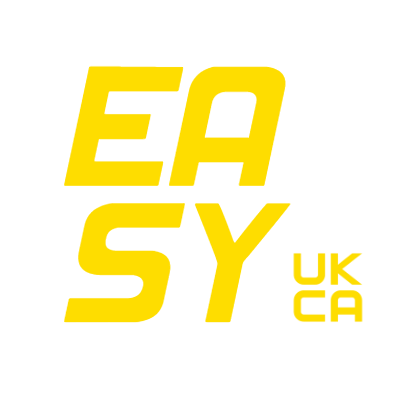The Northern Ireland Protocol
On January 1, 2021, the Northern Ireland Protocol came into force, a treaty that guarantees that the land border between this country, which belongs to the United Kingdom, and Ireland, which belongs to the European Union, remains “invisible”.
To make this possible, Northern Ireland remains part of the single European market for goods and is subject to EU customs rules. Products made (or partly processed under certain conditions) in Northern Ireland are granted unfettered access to the UK market, while for the vast majority of products imported from the EU it is still sufficient the CE marking.
Peculiarities of the UKNI marking with respect to the UKCA marking and the CE marking
Although inevitably there is a tendency to equate the UKCA marking with the UKNI marking, in reality they are two conceptually very different procedures. UKCA marking replaces CE marking and makes possible the movement of goods in England, Wales and Scotland. UKNI marking is an addition to CE marking in Northern Ireland and its main function is the limitation to goods movements in the EU.
The UKNI marking cannot be used independently, it always has to be used alongside the CE marking (or the other specific EU markings), and it will only be necessary if the following three conditions are met:
- Placing on the Northern Ireland market of products subject to CE marking
- Products subject to third party conformity assessment
- Conformity assessment is done through a UK certifying body
Consequently, the probability of having to comply with the obligations of the UKNI marking is extremely low for a European exporting company. All products subjected to Self-declaration are excluded, and the evaluated by EU bodies as well.
Another consequence of the limited applicability of the UKNI marking is the prohibition of the CE + UKNI marking for products aimed to the European market Double marking would be equivalent to allowing certification bodies in the United Kingdom to continue assessing conformity to the CE marking.
UKNI Marking: areas of application
Except for a few minor differences, this list is very similar to the list of UKCA marking application areas:
- Aerosols
- Appliances burning gaseous fuels
- Cableway installations designed to carry persons
- Certain hazardous substances in electrical and electronic equipment
- Construction products
- Eco-design of energy related products
- Electromagnetic compatibility
- Equipment and protective systems intended for use in potentially explosive atmospheres
- Hot-water boilers
- Household refrigerators and freezers
- Lifts
- Low voltage electrical equipment
- Machinery
- Measuring instruments
- Noise emission in the environment
- Non-automatic weighing instruments
- PPE
- Pressure equipment
- Pyrotechnics
- Radio and telecommunications terminal equipment
- Recreational craft and personal watercraft
- Toys
- Simple pressure vessels
The following products are also subject to UKNI marking, but based on special rules:
- Medical devices
- Rail interoperability
- Civil explosives
How to use the UKNI marking
The UKCA Marking 5 Fundamental Rules are also valid for UKNI marking.
You can download the UKNI logo in the official website of the UK government.
